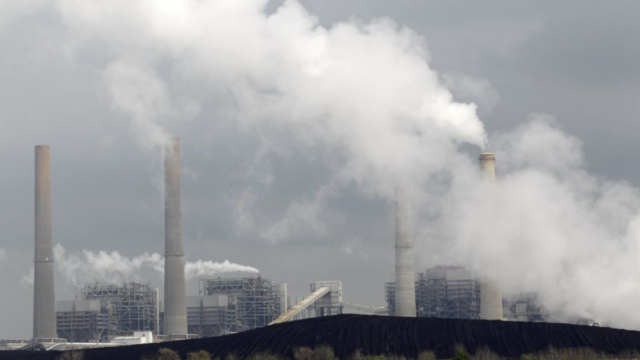By Dallas Morning News Editorial

This editorial is part of a series published by The Dallas Morning News Opinion section to explore ideas and policies for strengthening electric reliability. Find the full series here: Keeping the Lights On.
On these mild days in April, when the breeze rustles the oak trees and budding crape myrtles of North Texas, it’s unpleasant to think about bad weather. During rare days when Texans can turn off the heater or air conditioning and open the windows, we’d rather not spoil it with dark memories of power outages.
Alas, the electrical grid is working fine today because Texans aren’t using much juice to cool their homes. But do not let the smell of honeysuckle lull you into thinking the grid is fixed.
Regulators patched up the grid for last winter, but they haven’t yet implemented changes to ensure power plants have the fuel they need to ensure reliability, or that power companies will build more reliable plants to handle the state’s growth. Those changes need to be made swiftly, because as Texas’ fleet of fossil fuel plants ages and some units become prime candidates for retirement, there are no plans to replace them.
The Public Utility Commission required power plants to weatherize last winter, and the Electric Reliability Council of Texas checked that each plant met winter standards. That change is important, but it only ensures that the current power generation fleet is operational. It does nothing to ensure that natural gas and coal plants have reliable fuel supplies.
Texas has done wonders to invite renewable power generation, but fossil fuel still plays a critical role in keeping the lights on. When the wind stops blowing or the sun stops shining, natural gas-fueled power plants fire up to keep the grid reliable. That is, so long as the plants have natural gas fuel.
This became a problem when some natural gas suppliers failed to deliver fuel to power plants during the 2020 freeze, contributing to the deadly outages. Now, the PUC is working on a plan for some natural gas-fueled plants to serve as back-up generators in an emergency, if the plant operators agree to keep a supply of fuel on-site or to set up access to a second fuel source. Commissioners intend to hammer out the details of the plan this summer, and put the plan into action early next year, in time for freezing weather.
It will be important to stick to that timeline, but it’s also important that the commission expand the plan to include any type of fuel or technology that meets the reliability requirements, whether nuclear, batteries, geothermal, or something else. Relying on one type of fuel would be foolish.
Equally important is for the PUC to keep up the pace for changes to the wholesale market that incentivize the kind of power plants or batteries that can generate electricity when called on. Such critical market adjustments will take years to develop and implement, and the work must start now.
Texas power companies are not building more of the plants that can turn on when needed. The list of wind turbines and solar arrays that ERCOT anticipates coming online by August 2023 is long, but the list of fossil fuel plants is short. Wind, 3,311 megawatts; solar, 16,955 MW; natural gas, 868 MW. (Fortunately, ERCOT expects 4,740 MW of battery storage to come online, which would support reliability.)
Plus, some of the existing reliable fossil fuel plants are nearing retirement age. Power plant investors have said they have little incentive to build in Texas under the current market structure. For that to change, investors need to understand the coming market structure.
The grid isn’t fixed yet, and some of the most important structural decisions haven’t even been made. Texas is relying on regulators appointed by Gov. Greg Abbott to keep up the hard work.
Find the full opinion section here. Got an opinion about this issue? Send a letter to the editor and you just might get published.









You must be logged in to post a comment Login